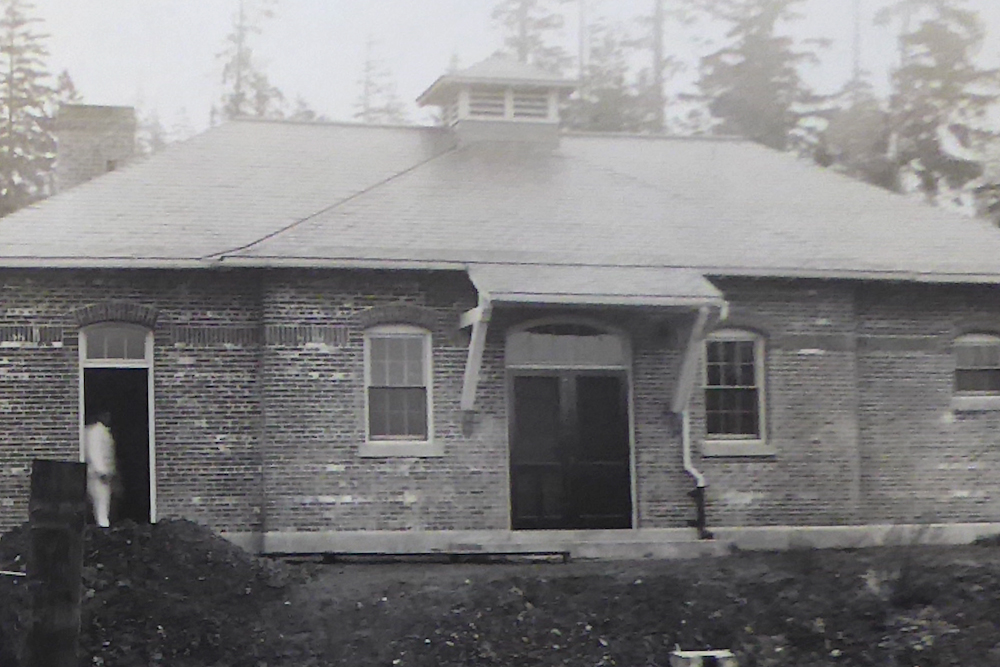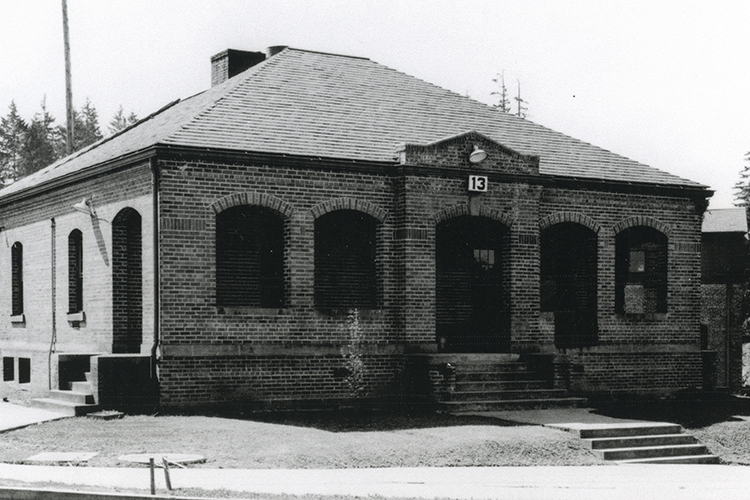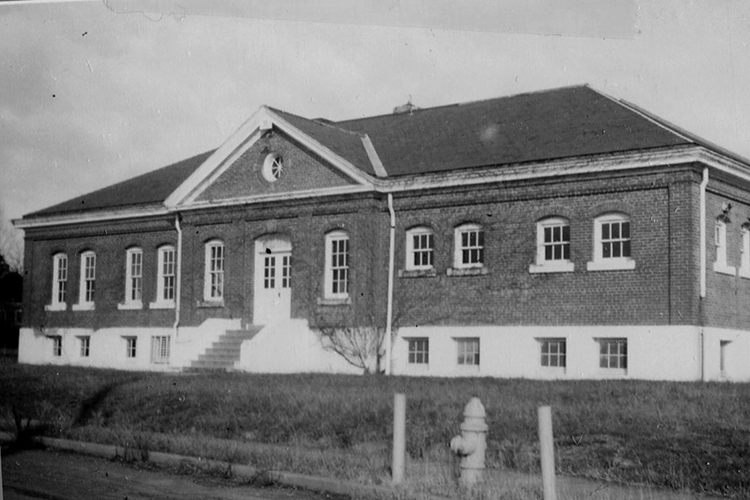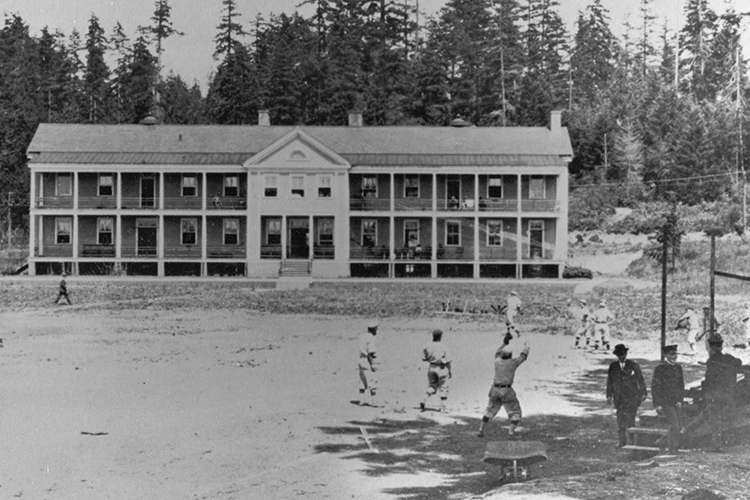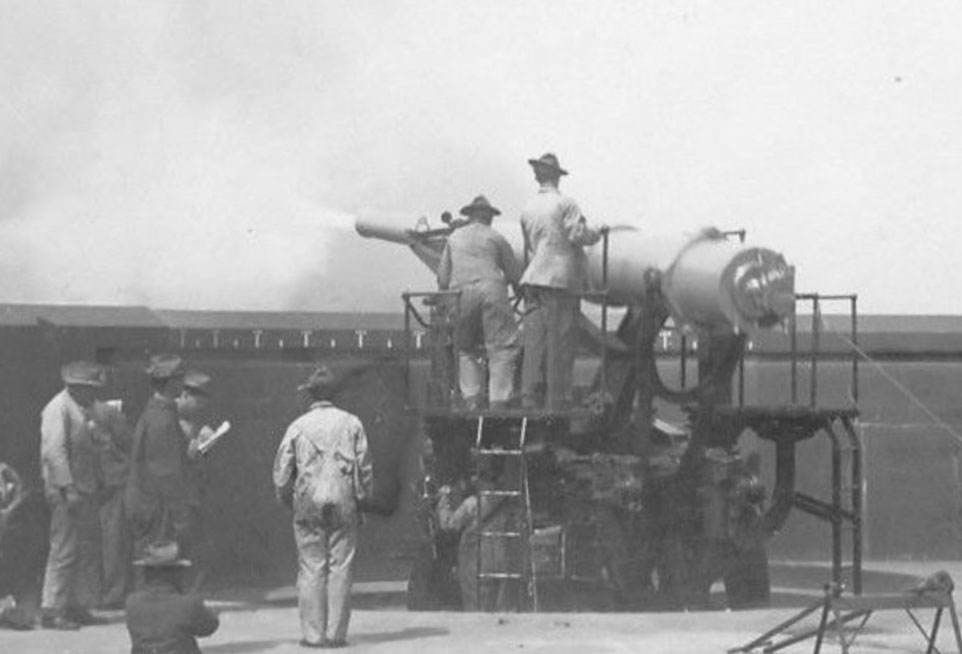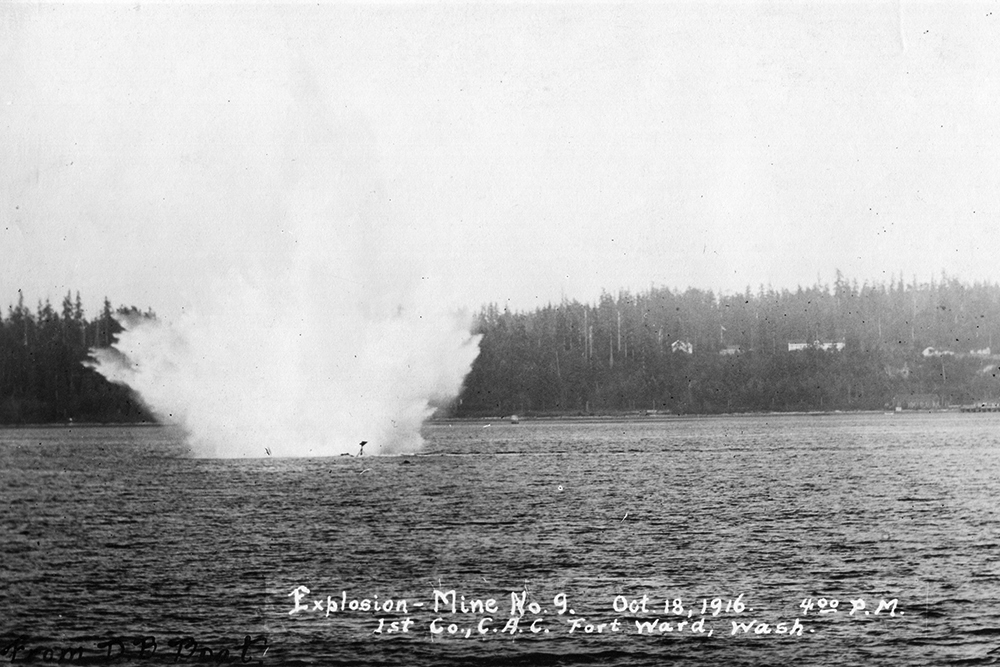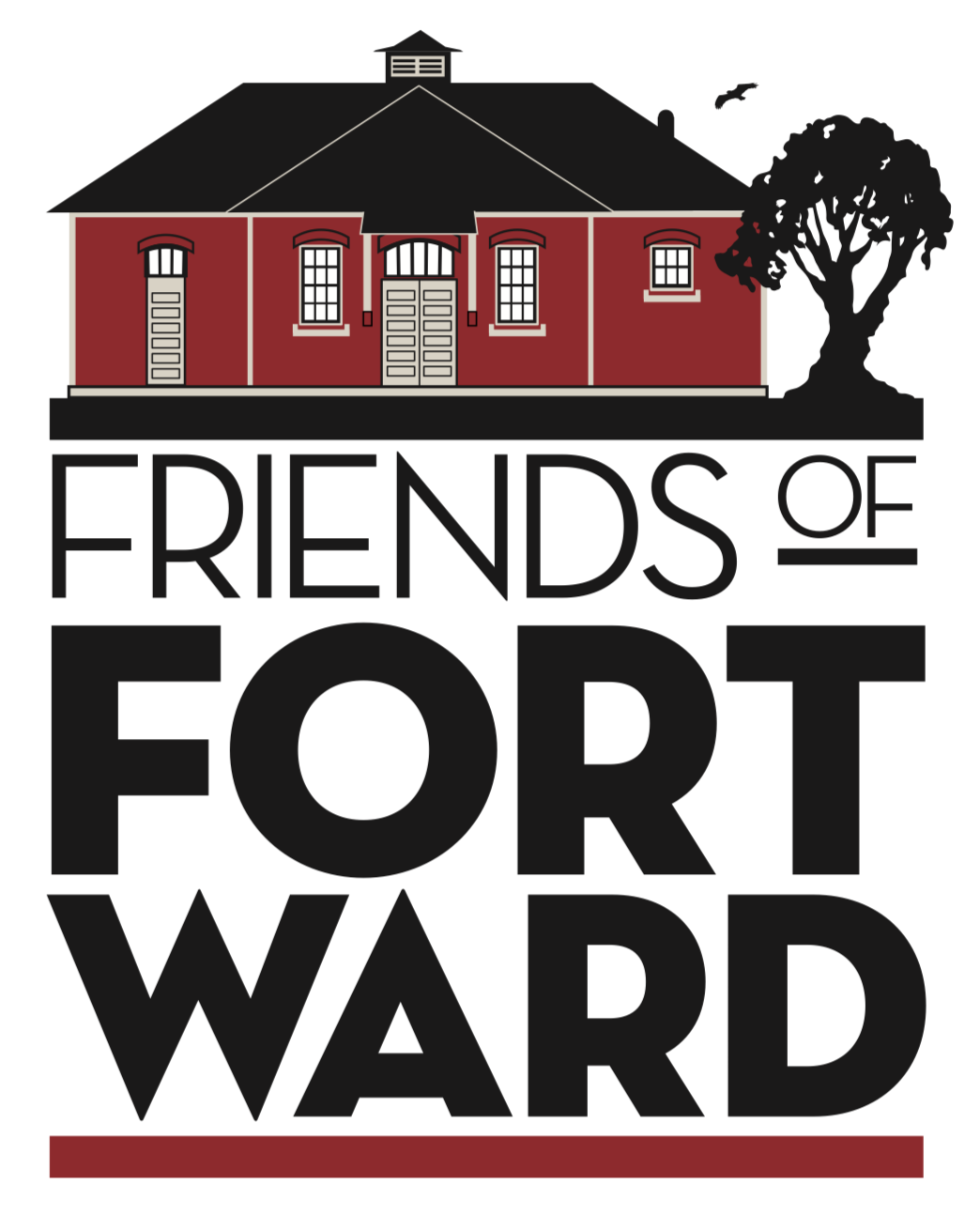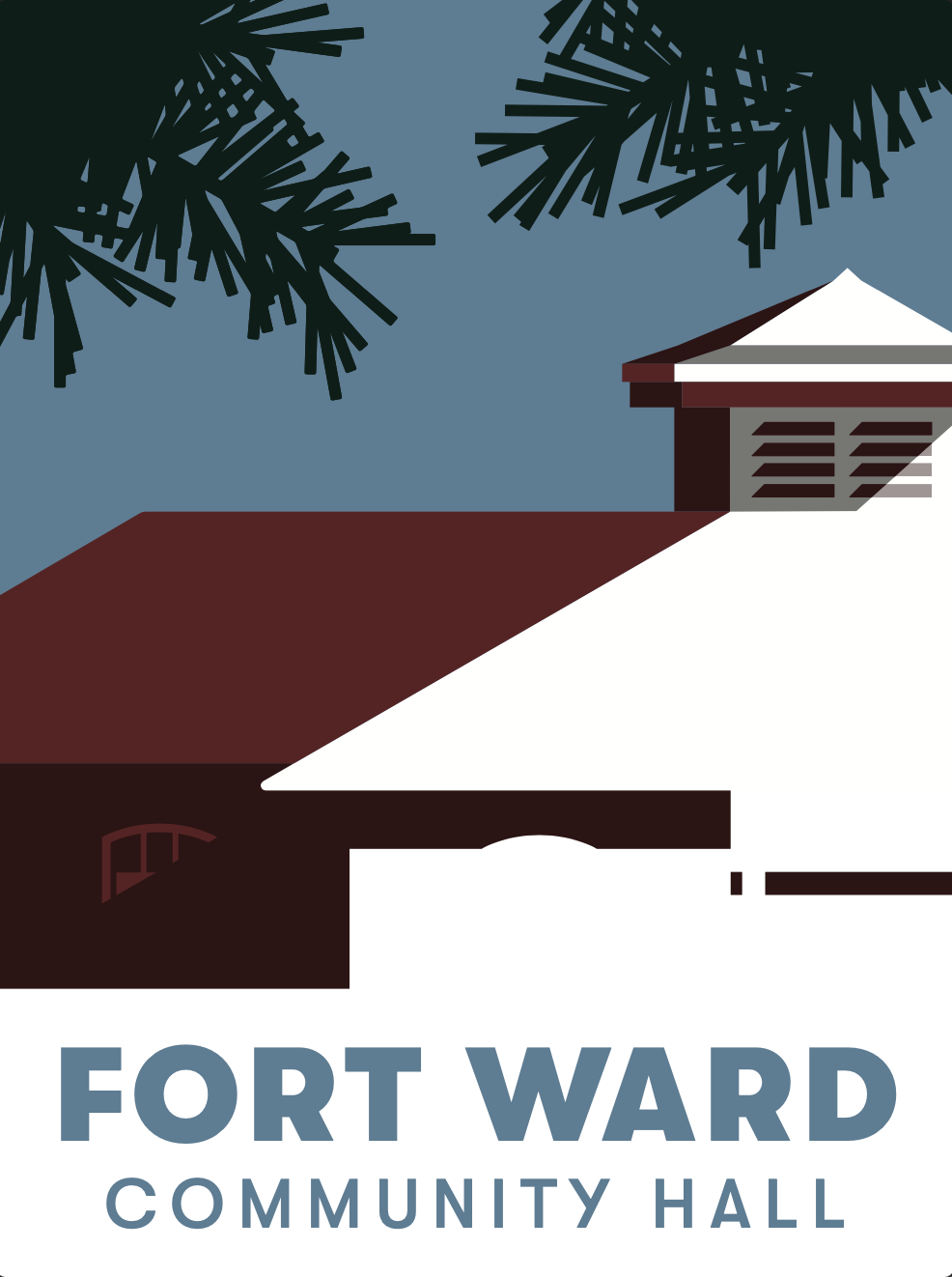By 1928, events across the Pacific and in Washington, DC, were shaping Fort Ward’s future.
A group called the On the Roof Gang (because they met on the roof and the top floor of the Navy Department building in Washington, DC) were secretly learning the Japanese Morse Code. In the late 1930s, some of the On the Roof Gang arrived at Fort Ward to determine if it would make a good top-secret listening post to listen in on the forces of imperial Japan.
Navy radio operators set up in the old fort’s post exchange and gymnasium, now code-named “Station S.” Messages intercepted in Fort Ward – now Naval Radio Station Bainbridge — were codenamed “MAGIC,” and sent on to Washington, DC via teletype.
Early morning on December 7, 1941, Station S intercepted a message in the Japanese top-secret “Purple” code, which had been cracked the year before by Washington, DC, code breakers. Station S didn’t have a machine to decipher Purple, but they knew it was important and sent it on via teletype to headquarters.
The message directed the Japanese ambassador to break off negotiations with the US at precisely 1 pm Eastern time on December 7.
Clearly, the timing was significant – that was just before dawn in the Pacific. But what were the Japanese up to? At 10:30 am, a Navy officer ran with the message down the empty streets of Washington, DC, to the State Department to bring it to the Secretary of State’s attention.
Japan didn’t send a message saying anything like “We will attack Pearl Harbor.” But the MAGIC that Station S intercepted on December 1941 made it clear that code breakers could play a key role in the war. And in fact, Station S intercepts made history.
Radio intercept operations continued at Station S through the end of the war.
Navy radioman at work in the Station S annex, in a long frame structure added to the back of the main brick building. Radio intercept officers listened in on enemy military and diplomatic traffic, and transcribed the still-coded messages for transmission to Washington DC for decoding and analysis.

A 1942-vintage Navy radio receiver as used at Station S. Courtesy Station S collection.
Exploring Fort Ward history
Select a historic building or site above, as your portal into the stories and lore of historic Fort Ward, Wash.


